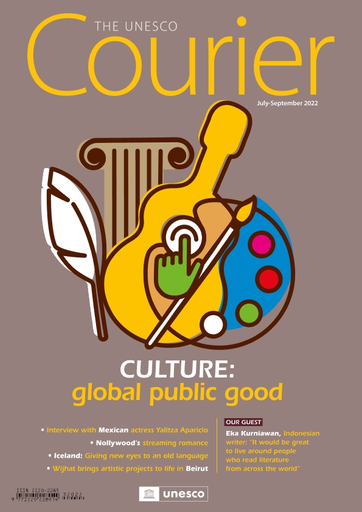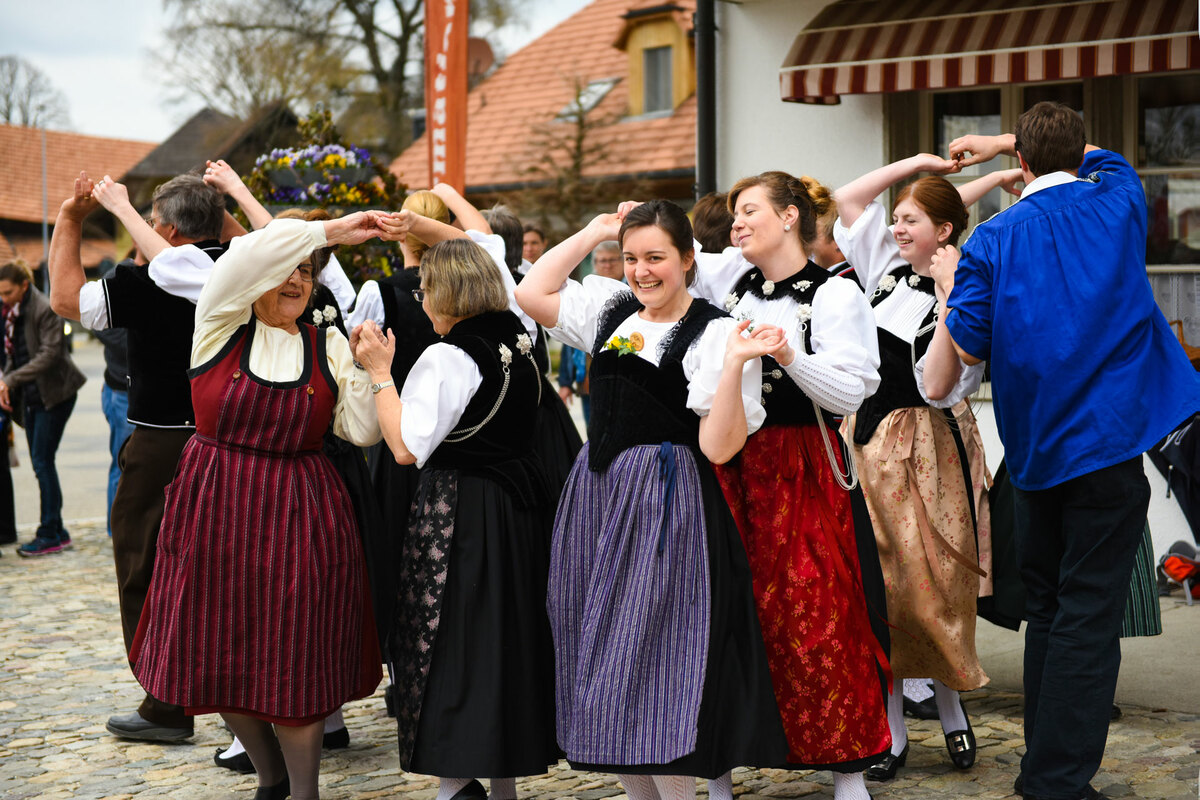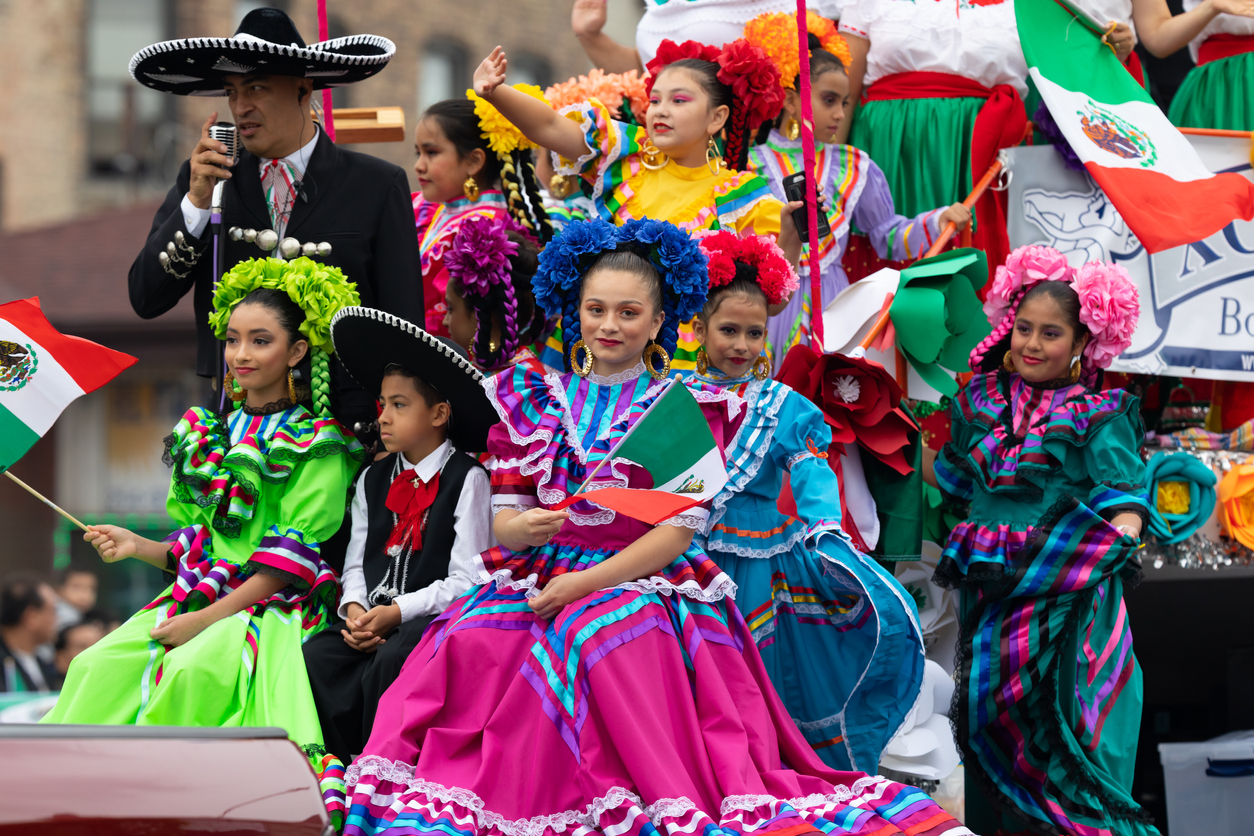Local cultures examples may include regional dialects, traditional festivals, and indigenous art forms. These examples reflect the unique customs and traditions of a specific community or locality.
Local cultures are essential in preserving identities and heritage, fostering a sense of belonging, and promoting diversity within societies. Local culture encompasses various aspects of daily life, including food, language, clothing, and social rituals that distinguish one community from another.
It also includes traditional arts, music, dance, and folklore, showcasing the distinctive creativity and expressions of local residents. Moreover, local cultures contribute to a sense of place and belonging, shaping the social fabric and enriching the overall cultural landscape. Embracing and celebrating local cultures can enhance cultural appreciation, foster inclusivity, and support sustainable tourism initiatives, ultimately preserving and promoting cultural diversity.

Credit: unesdoc.unesco.org
The Importance Of Local Cultures
Local cultures are an essential aspect of human society, representing the unique traditions, beliefs, and practices of a specific community or region. From preserving heritage and traditions to shaping identities and contributing to global diversity, local cultures play a vital role in the rich tapestry of our global society.
Preserving Heritage And Traditions
Local cultures serve as the guardians of historical heritage and traditions. Through age-old rituals, art forms, and oral traditions, communities preserve their roots and pass down invaluable knowledge to future generations. The preservation of these cultural treasures helps maintain a sense of continuity and connection to the past, fostering a deep appreciation for the history and evolution of a society.
Impact On Identity And Community
Local cultures play a pivotal role in shaping the identities of individuals and the sense of belonging within a community. The unique customs, language, and social practices of a local culture provide its members with a framework for understanding their place in the world. By embracing and perpetuating these cultural markers, communities foster a strong sense of cohesion, solidarity, and pride, reinforcing the bonds that unite them.
Contributing To Global Diversity
Local cultures are a fundamental pillar of global diversity, enriching the collective human experience with a vast array of traditions, languages, and artistic expressions. Each local culture adds a unique hue to the global cultural mosaic, fostering a tapestry of diversity that celebrates the richness of human creativity and resilience. Embracing and valuing local cultures is essential for promoting inclusivity, mutual understanding, and the appreciation of the multifaceted beauty of the world we inhabit.

Credit: switzerland-tour.com
Examples Of Local Cultures
Local cultures play a significant role in shaping the identity and traditions of a community. They encompass unique beliefs, customs, and practices that are distinctive to a specific region. Let’s explore some intriguing examples of local cultures in different parts of the world.
Austin, Texas, United States
Austin, Texas, boasts a vibrant local culture characterized by its diverse art scene, live music performances, and food festivals. The city is renowned for its “Keep Austin Weird” slogan, which celebrates and preserves the eccentric and creative aspects of the local community.
Northern Spain
Northern Spain is home to a rich local culture that encompasses traditional folk music, dance, and culinary delights. The region’s unique festivals, such as the San Fermin festival in Pamplona famous for the running of the bulls, showcase the strong influence of local customs and heritage.
Culture In India
The diverse and colorful culture of India is characterized by a myriad of traditions, languages, and religious practices. Each region within the country has its own distinct cultural identity, reflected in art, cuisine, and clothing, making India a melting pot of local cultures.
Characteristics Of Local Cultures
Local cultures are unique and diverse, representing the behaviors, beliefs, and customs of a specific country or region. These can range from how people eat and dress to how they work and communicate. Examples of local cultures include festivals, traditions, and artistic expressions that reflect the identity and heritage of a particular locality.
Behaviors, Beliefs, And Customs
Local cultures are characterized by a range of unique behaviors, beliefs, and customs that shape the way people live, interact, and express their identities. These characteristics contribute to the diversity and richness of a particular community or region. Let’s explore each of these aspects in detail:Behaviors:
Local cultures are often defined by distinct behaviors that are deeply ingrained in their daily lives. These behaviors encompass everything from how people greet each other, to their eating habits and social interactions. For example, in some communities, it may be customary to remove one’s shoes before entering someone’s home as a sign of respect. These behaviors are learned from an early age and are integral to the local culture’s identity.Beliefs:
Beliefs play a significant role in the shaping of local culture. They encompass religious, spiritual, and moral convictions that guide individuals’ lives within a specific community. These beliefs can influence the way people dress, their views on social issues, and their perceptions of the world around them. For instance, in certain cultures, there may be strong beliefs in the importance of ancestral worship or the power of nature. Such beliefs help to bind the community together and provide a sense of shared identity.Customs:
Customs are traditional practices that are passed down through generations and reflect the values and norms of a local culture. These customs can vary widely, from the way celebrations are conducted to the rituals performed during significant life events such as weddings or funerals. For instance, a custom might involve a specific dance performed during a religious festival, or a traditional dish prepared and shared during a holiday. These customs not only preserve cultural heritage but also strengthen community bonds.Cultural Production
Cultural production refers to the creation and expression of artistic and intellectual works within a local culture. It encompasses various forms of creative output, including art, literature, music, dance, theater, and film. This creative production reflects the unique perspectives, values, and experiences of the local community. It serves as a means of preserving cultural heritage, promoting cultural exchange, and fostering a sense of identity and pride. Local cultural production not only enriches the lives of community members but also contributes to the overall cultural diversity on a global scale.Symbols And Meaningful Places
Symbols and meaningful places hold significant importance in local cultures. They represent tangible and intangible elements that hold cultural value and embody the identity and traditions of a community. These symbols can range from national flags, emblems, or landmarks that serve as visual representations of the local culture. Similarly, meaningful places such as historical sites, temples, or natural landscapes hold cultural and historical significance, connecting people to their roots and providing a sense of belonging. These symbols and meaningful places act as reminders of the community’s heritage, reinforcing its unique identity.Challenges And Preservation Of Local Cultures
Local cultures are the bedrock of societal diversity and contribute to the overall richness of a region. However, these unique traditions, languages, and practices are constantly under threat due to various challenges. In this section, we will explore the challenges faced by local cultures and strategies for their preservation in the face of globalization.
Cultural Erosion And Globalization
In the age of globalization, local cultures face the risk of erosion as the world becomes more interconnected. The spread of multinational corporations, mass media, and technological advancements has led to the homogenization of cultures, blurring the lines between local and global. The rapid dissemination of popular culture, often from Western countries, has the potential to overshadow and diminish local customs and traditions.
Strategies For Cultural Preservation
Preserving local cultures is crucial to maintain regional identities and promote cultural diversity. Various strategies can be employed to safeguard these valuable traditions:
- Education and Awareness: Raising awareness among local communities and younger generations about the importance of their cultural heritage is essential. Education programs and initiatives can help instill pride and appreciation for local customs, encouraging their continuation.
- Documentation and Research: Documenting and researching local cultures can help preserve and promote their unique elements. This includes collecting oral histories, creating archives, and conducting ethnographic studies to ensure their preservation for future generations.
- Community Engagement: Involving local communities actively in the preservation process is crucial. This can be achieved through community festivals, cultural exchange programs, and support for local artisans and traditional crafts.
- Policy Support: Governments and organizations can play a pivotal role in protecting local cultures through legislation and policies. Implementing laws that safeguard cultural heritage sites, providing funding for cultural initiatives, and supporting indigenous rights are vital steps in this direction.
Impact Of Globalization On Local Cultures
The influence of globalization on local cultures is undeniable, both positive and negative. While it introduces new ideas, technologies, and opportunities, it also poses challenges to the preservation of traditional customs and practices. The increased interconnectedness of the world necessitates a delicate balance between embracing global advancements while safeguarding the unique cultural identities of local communities.
The Future Of Local Cultures
As the world continues to become more interconnected, it’s important to recognize the impact of globalization on local cultures. Adapting to these changes is crucial for the survival and preservation of diverse cultural practices and traditions. However, globalization also presents opportunities to foster global awareness and appreciation for local cultures, ensuring their sustainability in the face of cultural erosion. In this blog post, we will explore the future of local cultures by examining three significant aspects: Adapting to Globalization, Global Awareness and Appreciation, and Sustaining Local Cultures.
Adapting To Globalization
In the fast-paced age of globalization, local cultures must adapt to the ever-changing dynamics of international business, technological advancements, and cultural convergence. This means embracing new ideas and incorporating global influences while preserving the essence of their own distinct traditions. The ability to adapt is crucial for local cultures to remain relevant and resilient in today’s interconnected world.
Global Awareness And Appreciation
Global awareness and appreciation play a significant role in the future of local cultures. As people become more globally conscious, it’s essential to foster an understanding and respect for the unique customs and traditions that exist in different parts of the world. This appreciation can be cultivated through educational programs, cultural exchanges, and embracing diversity. By promoting global awareness and appreciation, we can create a world where local cultures are celebrated and valued.
Sustaining Local Cultures
To ensure the future of local cultures, we must take proactive measures to sustain them. This includes promoting cultural production and supporting local artisans, musicians, and craftsmen. It also involves preserving meaningful places, natural heritage, and architectural styles that are representative of a particular culture. By recognizing and preserving these elements, we can maintain the essence and integrity of local cultures for generations to come.

Credit: www.worldpackers.com
Frequently Asked Questions On Local Cultures Examples
What Is Considered Local Culture?
Local culture encompasses the behaviors, beliefs, and customs of a specific locality, including how people eat, dress, work, and communicate.
What Are Local And Popular Cultures?
Local culture refers to behaviors, beliefs, and customs in a specific area, while popular culture is widespread and uniform, often centered in urban areas.
What Is A Localized Culture?
Localized culture refers to the unique behaviors, beliefs, and customs found within a specific region or community. It encompasses everything from how people eat and dress to their work and communication styles. It reflects personal preferences and changing tastes, providing a sense of appropriateness and comfort.
What Are 5 Most Popular Cultures?
The five most popular cultures include Chinese, Indian, American, Japanese, and Mexican.
Conclusion
Local cultures examples showcase the vibrant and unique traditions, customs, and beliefs that exist within different regions. From the local parties and celebrations to architectural styles and murals, local culture reflects the essence of a community. It is through these cultural practices that people express their identity and create meaningful connections with their surroundings.
Embracing and preserving local cultures helps foster a sense of unity and pride, while also promoting cultural diversity and understanding. Exploring and appreciating local cultures allows us to broaden our perspectives and deepen our connection with the world around us.


Leave A Comment